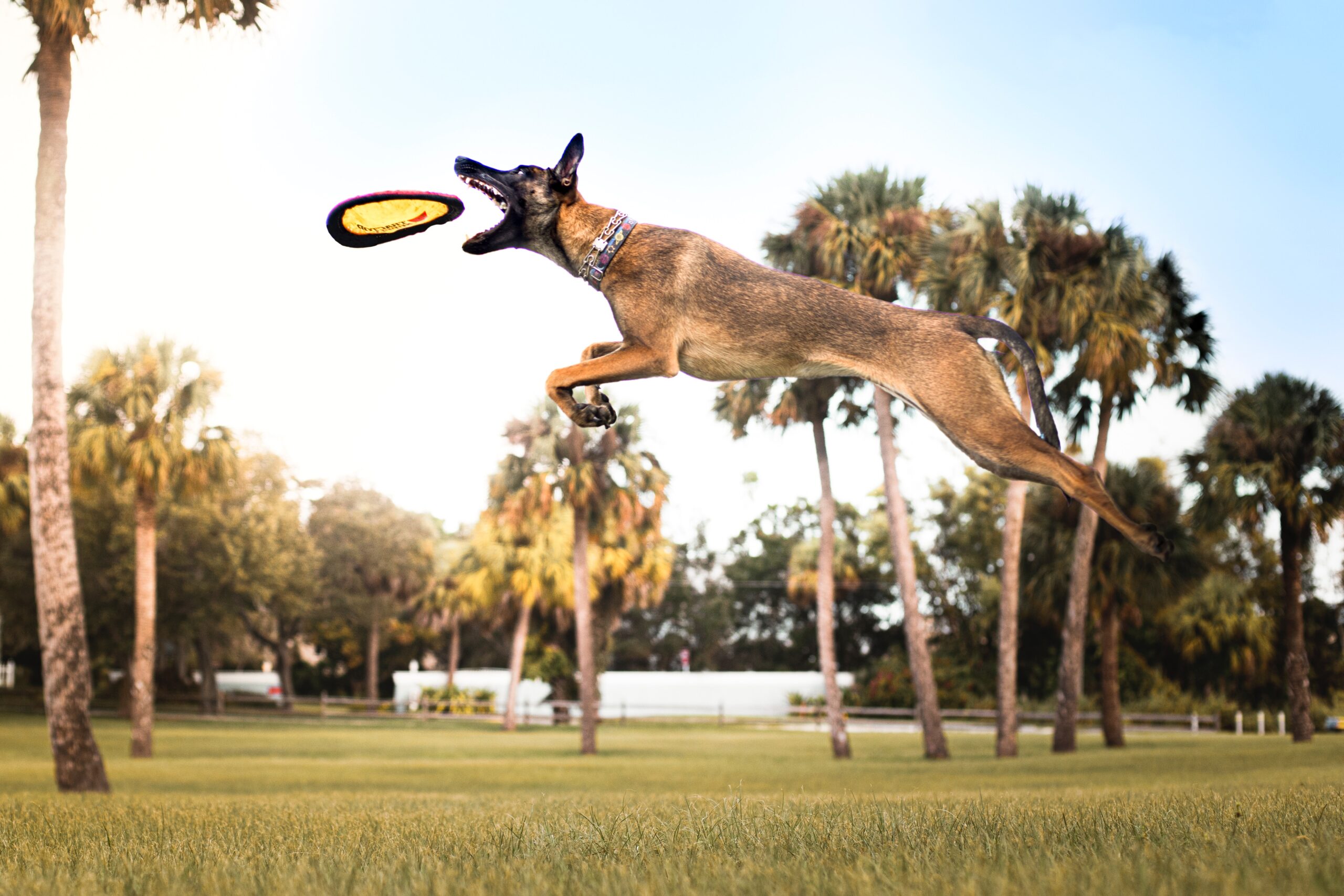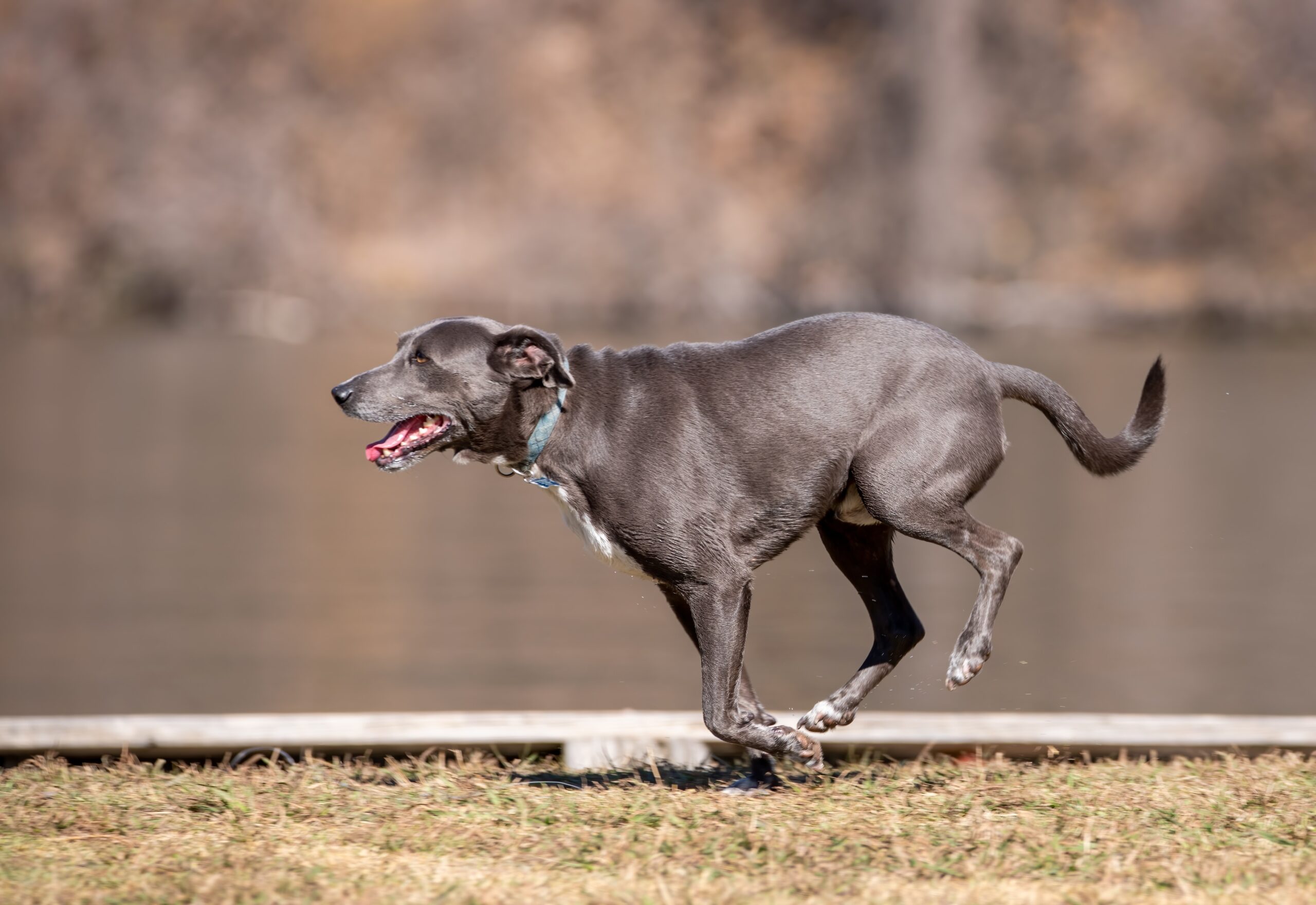How Much Exercise Does My Dog Need: Unleashing the Benefits of Regular Exercise for Dogs
Regular exercise for dogs provides numerous health benefits, including improved cardiovascular fitness, prevention of obesity, and decreased risk of diabetes and cancer. Factors such as age, breed, and health conditions influence a dogs exercise needs, and a variety of activities should be included in their fitness plan to ensure engagement and overall well-being. Safety measures and obedience training are also important to consider, and involving a veterinarian in the development of a workout plan is recommended for personalized and safe exercise regimens.
Benefits of Regular Exercise for Dogs
Health Benefits of Regular Exercise for Dogs
Regular exercise plays a crucial role in maintaining the overall health and well-being of dogs. It contributes to improved cardiovascular fitness and lower blood pressure, benefiting both the dog and its owner [3]. Additionally, regular physical activity helps in preventing obesity and associated medical issues, promoting the dog’s overall health and longevity. Furthermore, exercise contributes to improved bone health, organ and lung function, and enhances the dog’s physical appearance. It also decreases the risk of diabetes, cancer, and joint injuries, ultimately contributing to the dog’s quality of life and longevity through regular exercise.
Factors Influencing Dog Exercise Needs
The exercise requirements of dogs are influenced by various factors such as age, breed, and existing health conditions, necessitating personalized exercise plans. It is essential to gradually increase activity levels and consider external factors such as weather, particularly for older or younger dogs.
Types of Exercise for Dogs
Incorporating a variety of exercises is essential to ensure that dogs receive adequate physical activity. On-leash and off-leash walking, swimming, and engaging in dog sports are effective ways to ensure dogs receive the necessary exercise. Various activities, including walking, running, playing, agility training, and sports like canicross and bikejoring, can cater to different dog breeds and preferences, ensuring they remain engaged and healthy.
Safety and Obedience Training
Safety measures are crucial, especially for activities like skijoring and bikejoring, to prevent injuries to both the dog and its owner. Obedience training and a good response to voice commands are essential for ensuring the safety and well-being of the dog and its owner during exercise.
Creating a Fitness Plan
Involving a veterinarian in the development of a workout plan ensures that the exercise regimen is tailored to the dog’s specific needs and health conditions, promoting their long-term fitness and well-being. It is important to focus on steady, progressive conditioning to avoid injuries and ensure the dog’s overall fitness and health.




 Book Appointment
Book Appointment